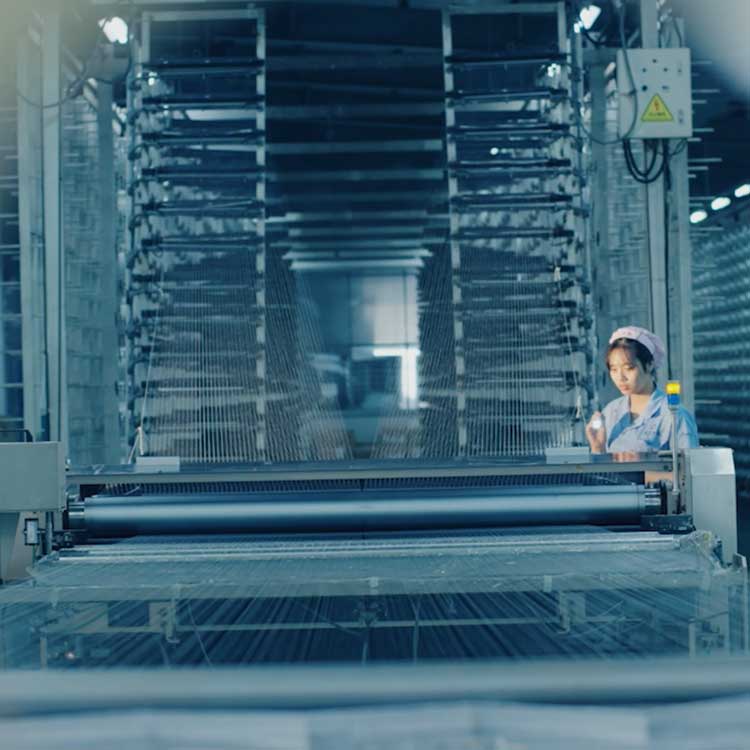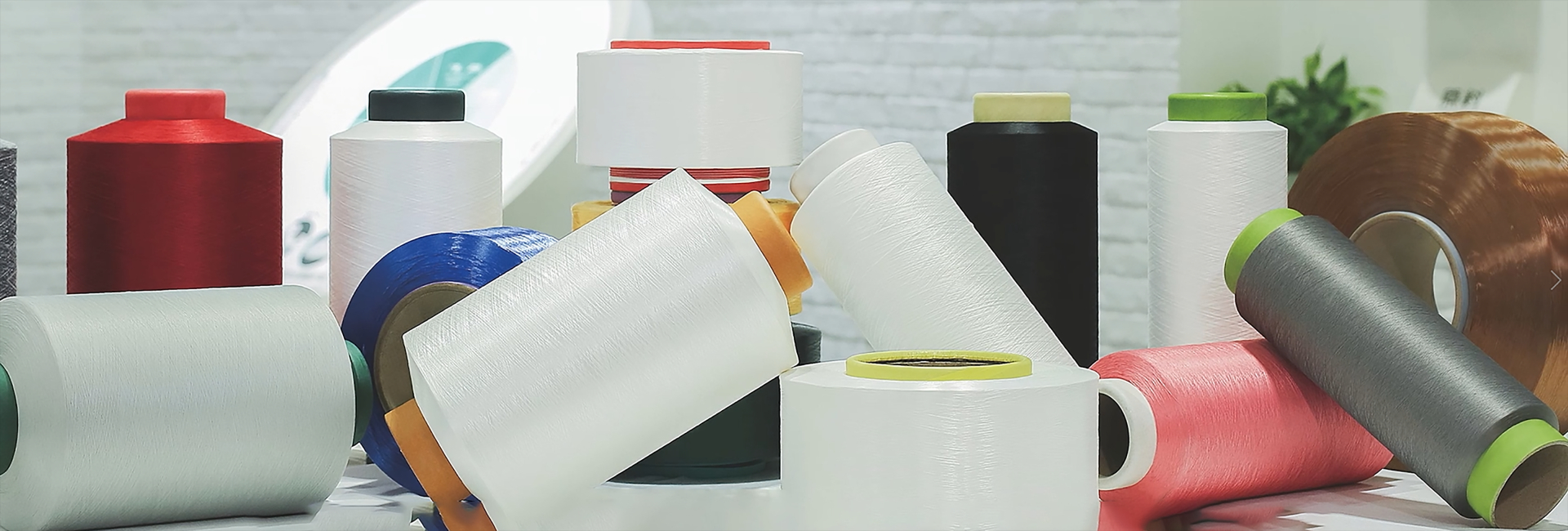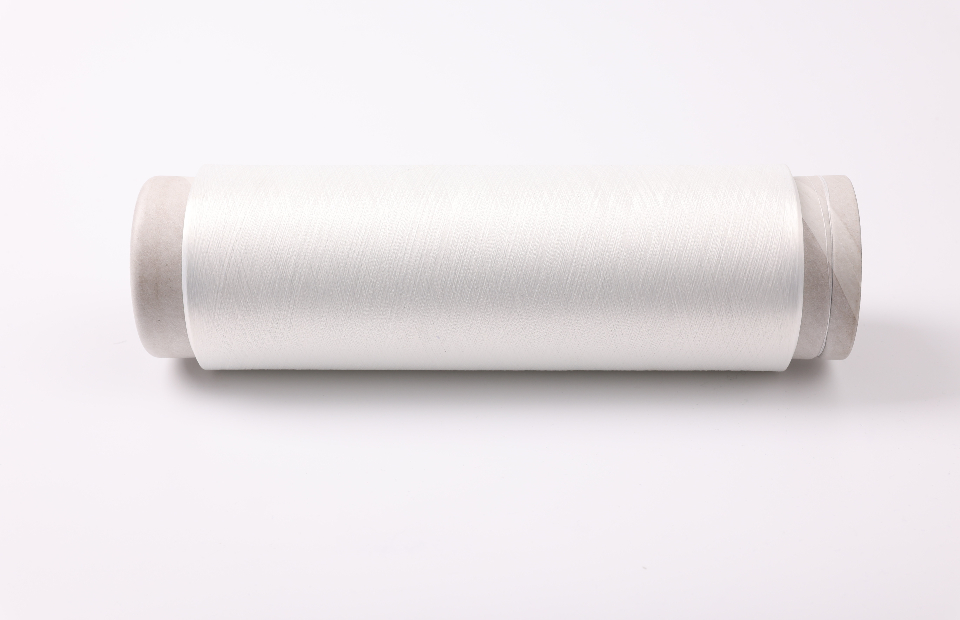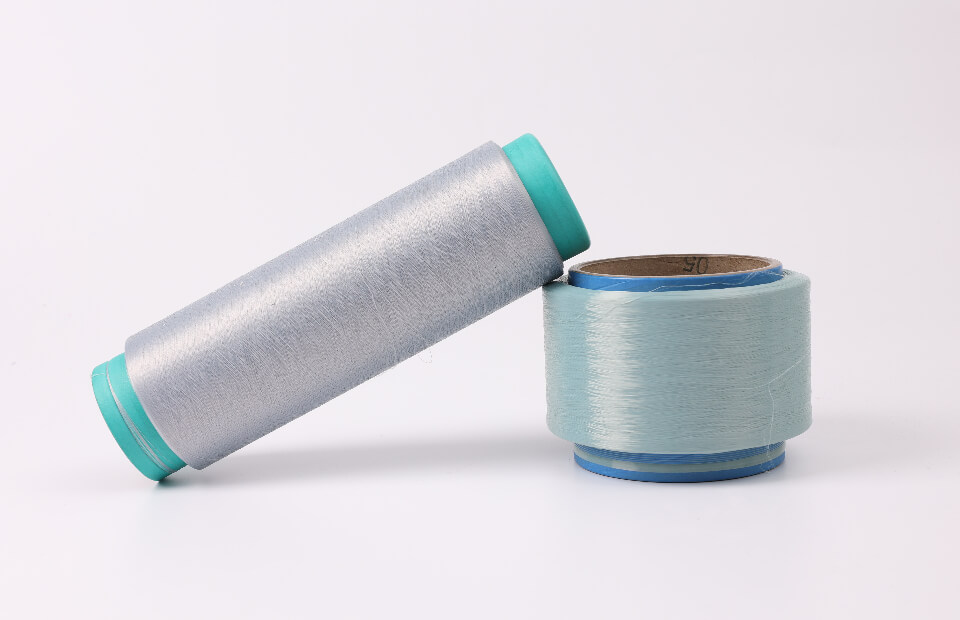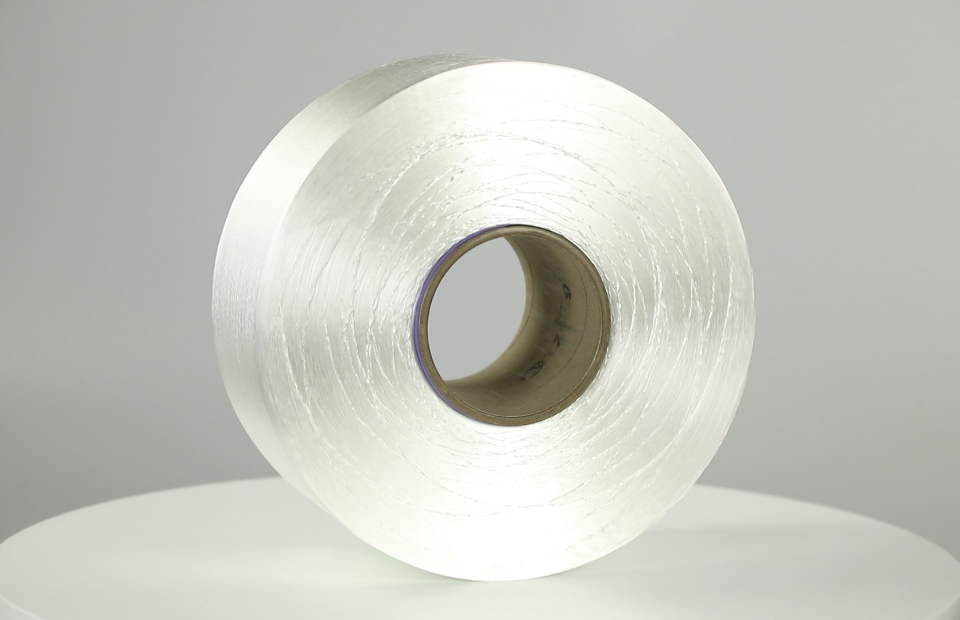Regenerative polyester filament series is divided into regenerative filament yarn (FDY), Regenerative filament yarn (DTY), and regenerative filament yarn (POY);
Regeneration fine denier series, regeneration cationic polyester series, regeneration high elastic series, regeneration polyester silk series;
Product gloss can be divided into half - extinction, full extinction, bright, cationic;
Application fields: outdoor sports, textile fabrics, home textile products, baby products, automotive interior, industrial production.


